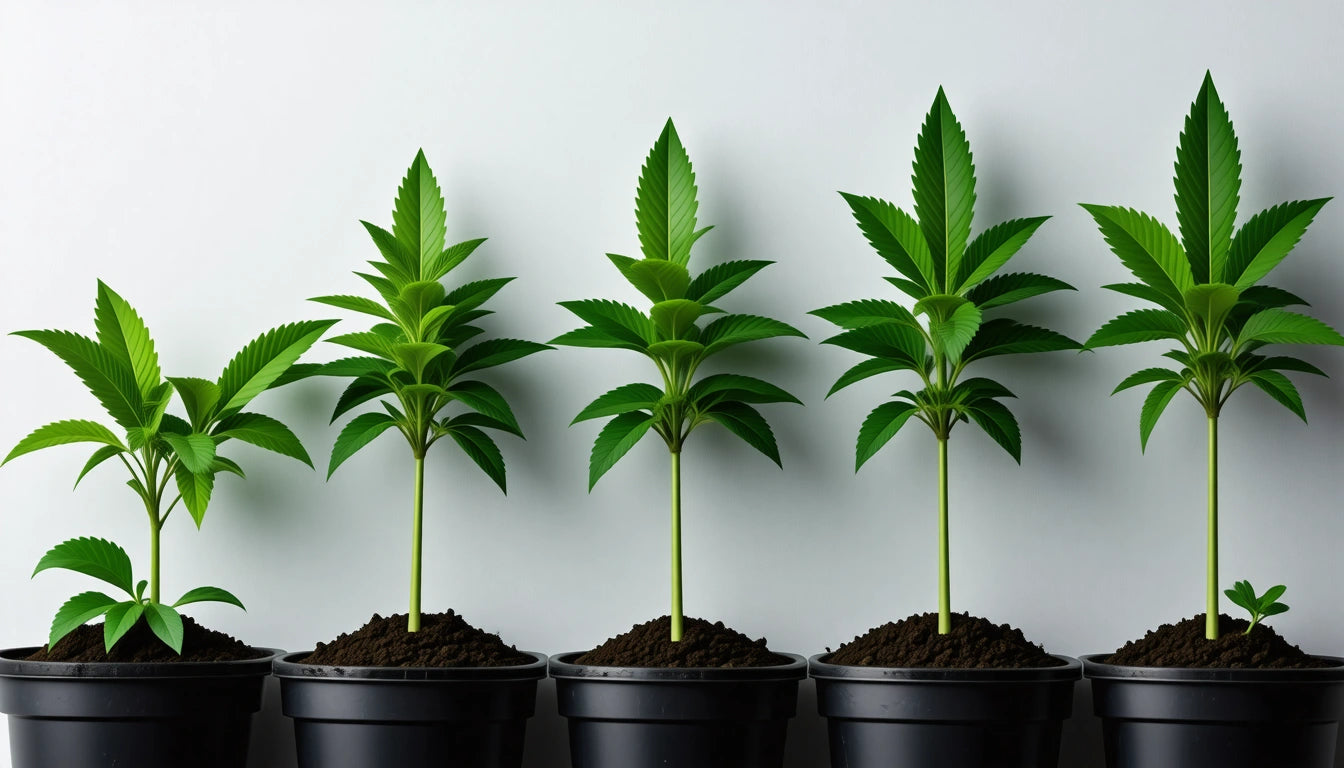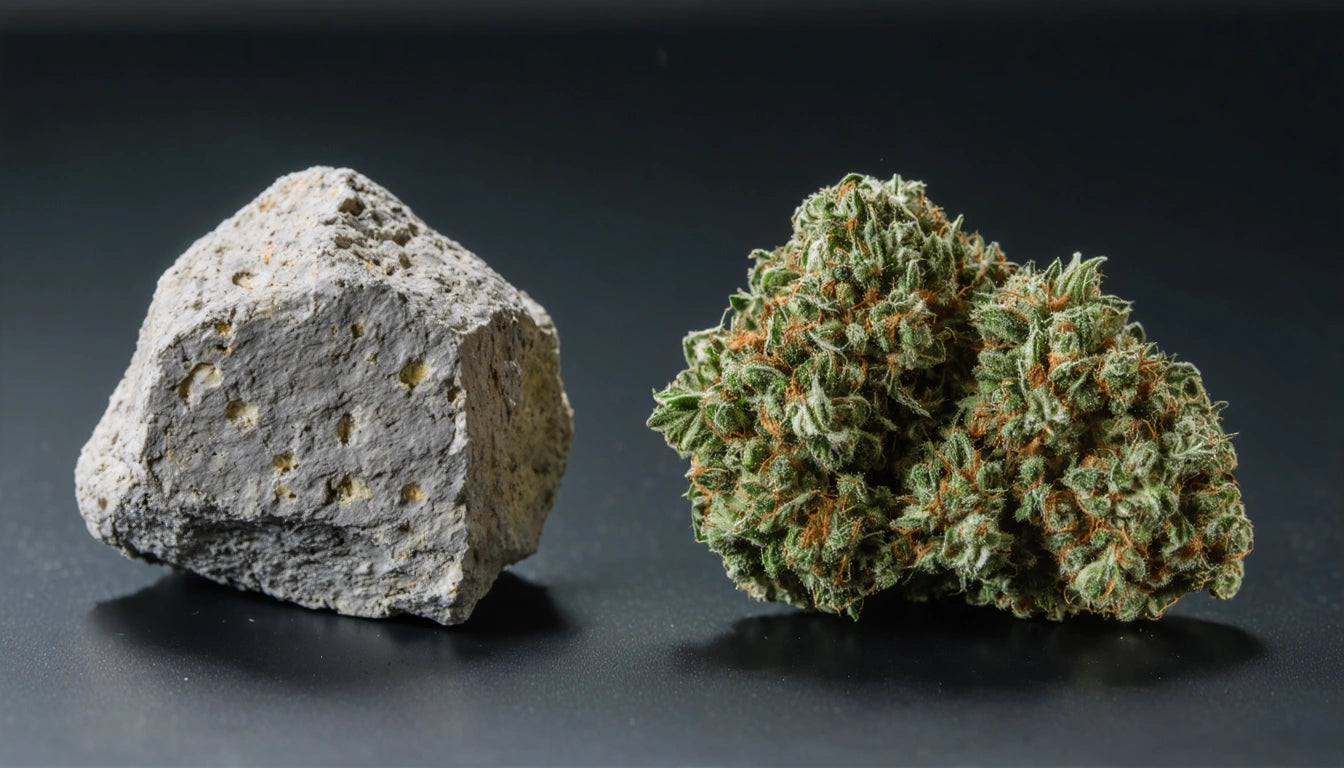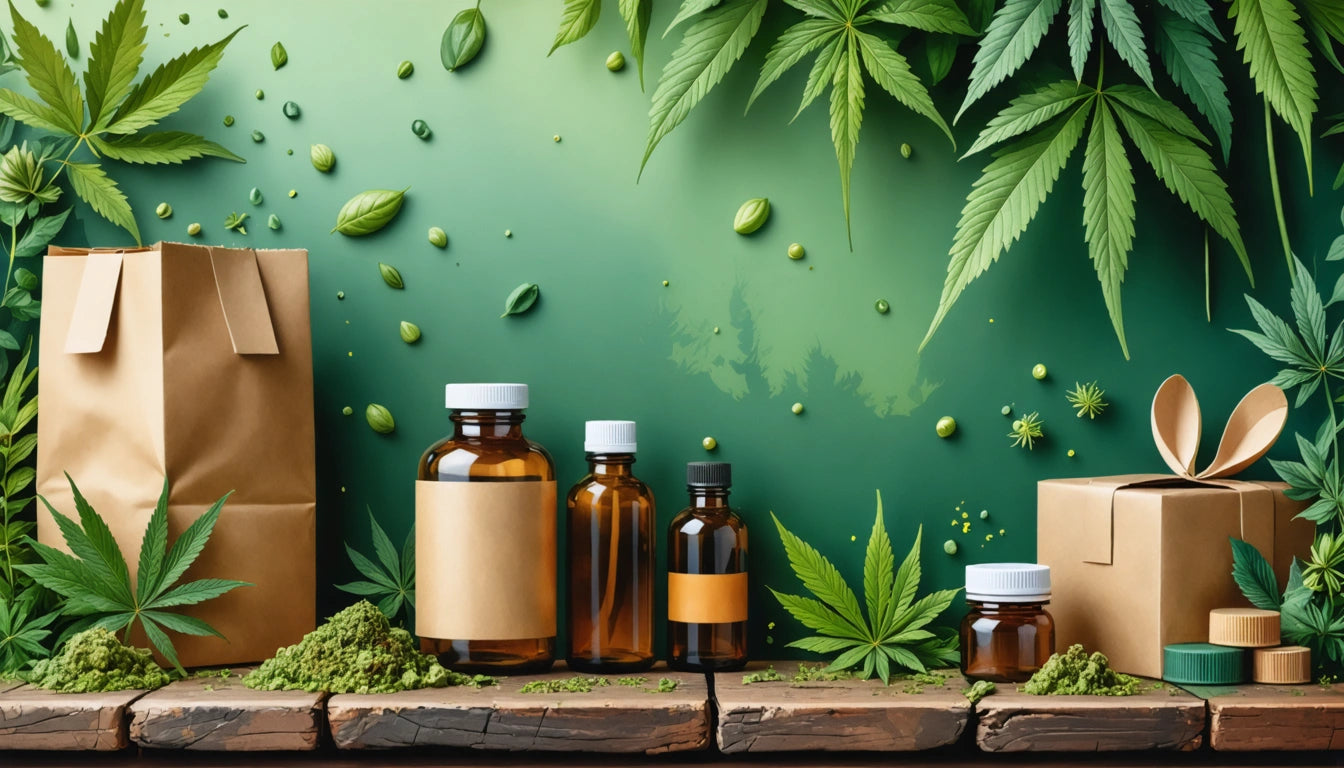Table of Contents
- Understanding Cannabis Seeds: Types and Quality Indicators
- Top Germination Methods for Cannabis Seeds
- Creating Optimal Conditions for Seed Germination
- Transplanting Seedlings: Timing and Technique
- Common Germination Mistakes to Avoid
- Early Growth Care: From Seedling to Vegetative Stage
- Advanced Techniques for Experienced Growers
The Ultimate Guide to Germinating and Growing Pot Seeds Successfully
Germinating cannabis seeds is the crucial first step in any successful grow operation. Whether you're a beginner or experienced cultivator, understanding the best way to germinate pot seeds can significantly impact your plants' health, vigor, and eventual yield. This comprehensive guide covers everything you need to know about bringing your cannabis seeds to life and nurturing them through their early growth stages.
Understanding Cannabis Seeds: Types and Quality Indicators
Before diving into germination techniques, it's important to understand what makes a quality cannabis seed. High-quality seeds are typically dark brown with tiger stripes or mottled patterns. They should feel firm when gently squeezed and have a waxy coating. Pale, green, or white seeds are often immature and less likely to germinate successfully.
According to our germination guide, there are several types of cannabis seeds available:
- Regular seeds (produce both male and female plants)
- Feminized seeds (produce only female plants)
- Autoflowering seeds (flower based on age rather than light cycle)
- CBD-rich seeds (higher CBD to THC ratios)
Understanding what you're working with will help you choose the best way to grow pot seeds for your specific goals.
Top Germination Methods for Cannabis Seeds
When considering what to do with pot seeds, germination is your first step. Here are the most reliable methods for bringing your seeds to life:
The Paper Towel Method
The paper towel method is widely considered the best way to germinate pot seeds for beginners. It's simple, effective, and allows you to monitor progress easily.
- Moisten paper towels with distilled water (not soaking wet)
- Place seeds between the damp paper towels
- Put the paper towels on a plate and cover with another plate or plastic wrap
- Store in a warm, dark place (70-85 °F or 21-29 °C)
- Check daily and keep paper towels moist
Seeds typically sprout within 24-72 hours using this method. Once you see the taproot emerge (about 1/4 to 1/2 inch long), they're ready for planting.
Water Soaking Method
Some growers prefer to start by soaking seeds in water:
- Fill a glass with room temperature water
- Drop seeds into the water
- Leave for 24-48 hours until seeds crack open
- Transfer to growing medium once taproots appear
This method can be particularly effective for older or harder seeds that need extra hydration to activate.
Direct Soil Planting
For a more natural approach, direct soil planting works well:
- Prepare a light, airy growing medium
- Create small holes about 1/4 inch deep
- Place seeds in the holes and lightly cover
- Keep soil moist but not waterlogged
- Maintain warm temperatures (70-85 °F)
While this method requires more patience as you can't see the germination process, it eliminates the risk of damaging delicate taproots during transplanting.
Creating Optimal Conditions for Seed Germination
Regardless of which method you choose, certain environmental factors are crucial for successful germination:
- Temperature: Maintain 70-85 °F (21-29 °C)
- Humidity: Keep relative humidity at 70-90%
- Water: Use distilled or filtered water at room temperature
- Air: Ensure some airflow to prevent mold
- Light: Seeds don't need light to germinate, but seedlings do
For those serious about optimizing their grow operation, quality processing equipment like grinders can help prepare materials for larger growing operations, ensuring consistency in your cultivation process from start to finish.
Transplanting Seedlings: Timing and Technique
Once your seeds have germinated, proper transplanting is critical. According to our step-by-step growing guide, timing is everything:
- Wait until the seedling has developed its first set of true leaves
- Prepare a small pot (3-4 inches) with quality potting mix
- Make a hole slightly larger than the root system
- Carefully transfer the seedling, handling only the leaves, never the stem
- Gently firm the soil around the base
- Water lightly around the perimeter
Transplant shock can set back growth, so handle seedlings with extreme care and minimize root exposure to air and light.
Common Germination Mistakes to Avoid
When learning the best way to grow pot from seeds, being aware of common pitfalls can save you time and resources:
- Overwatering: Seeds can drown or rot in excessive moisture
- Planting too deep: Seeds should be just barely covered
- Touching the taproot: This can introduce bacteria or damage the delicate root
- Inconsistent conditions: Fluctuating temperature or humidity can stress seedlings
- Poor quality seeds: Always start with viable, mature seeds from reputable sources
As noted in our beginner's guide, patience is essential during germination. Checking too frequently or attempting to rush the process often leads to problems.
Early Growth Care: From Seedling to Vegetative Stage
Once your seeds have successfully germinated, proper care during the seedling stage is crucial:
- Lighting: Provide 18-24 hours of light using CFL or LED grow lights kept 2-4 inches above seedlings
- Watering: Water sparingly around the perimeter of the container, not directly on the stem
- Nutrients: Seedlings don't need additional nutrients for the first 2-3 weeks
- Airflow: Gentle air circulation strengthens stems
- Humidity: Gradually reduce humidity from 70% to 40-50% as plants mature
This delicate period sets the foundation for healthy plants. According to our seed preservation guide, strong seedlings lead to resilient plants that can better withstand stress during later growth stages.
Advanced Techniques for Experienced Growers
For those who have mastered the basics, several advanced techniques can improve germination rates and early growth:
- Scarification: Gently scratching the seed coat to improve water absorption
- Hydrogen peroxide soak: A brief soak in diluted H2O2 can sterilize seeds and boost oxygen
- Heat mats: Maintaining precise soil temperature for optimal germination
- Humidity domes: Creating perfect microenvironments for seedlings
- Mycorrhizal inoculants: Introducing beneficial fungi to strengthen root development
These methods can increase success rates and accelerate growth, particularly with rare or expensive genetics. As you gain experience with what to do with pot seeds, experimenting with these techniques can help you develop your own optimized system.
Remember that successful cannabis cultivation begins with proper germination. By understanding the best way to germinate pot seeds and providing optimal care during the early growth stages, you'll set yourself up for a successful harvest. Whether you're growing for personal use or commercial purposes, these fundamental techniques provide the foundation for healthy, productive plants.











Leave a comment
All comments are moderated before being published.
This site is protected by hCaptcha and the hCaptcha Privacy Policy and Terms of Service apply.